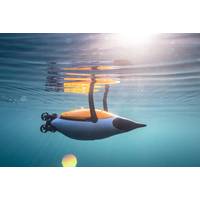
VIDEO: Penguin-Inspired Quadroin AUV Upgraded
undertaken significant enhancements to the Quadroin platform, with a primary focus on expanding its instrument payload capacity and underwater A.I. computations. This evolution led to a comprehensive redesign of the vehicle's internal layout, integration of updated components, and optimization of sensor systems to accommodate a broader range of instruments while maintaining operational efficiency.The new generation Quadroin now carries an expanded instrument payload. The side-scan sonar enables acoustic seafloor imaging. Additionally, two full-HD underwater cameras—one forward-facing at a 45-degree
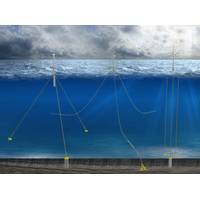
US and Denmark Team Up for $4.2M Floating Wind Innovation Call
systems and components: Research development, demonstration, or commercialization of technology to prevent failures, decrease costs, improve performance, or increase the capacity of floating offshore wind energy mooring systems.Monitoring and inspection technologies for moorings: Develop sensor systems, remote inspection methods, maintenance strategies, and data collection and processing approaches that can better evaluate the health and reliability of subsea components for commercial-scale floating offshore wind energy arrays. Open Topic: Research and development that more broadly support
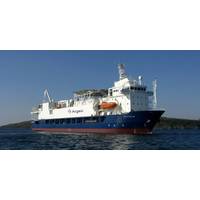
Argeo Elevates its Game with Argeo Searcher Vessel Upgrade
equipped with the recently purchased Hugin Superior Autonomous Underwater Vehicles (AUVs), boosting operational capacity and productivity.“By incorporating the advanced Hugin Superior AUV, featuring exceptional sensor payloads, into the Argeo Searcher, along with our proprietary electromagnetic sensor systems, we will achieve unprecedented deep-water data acquisition and interpretation capabilities, propelling us ahead of the competition," says Argeo CEO, Trond F Crantz."The Hugin Superior offers unique capabilities and productivity enhancements through its extended coverage and long-range
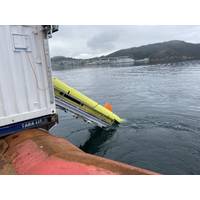
Argeo Builds the Tools to Bridge the Data Gap
via autonomous surface and underwater robotics solutions. We recently caught up with Argeo CEO Trond Crantz for a far-reaching discussion on the company and its recent innovations in the surface and underwater vessel sector, as well as insights on its digital platforms and patented electromagnetic sensor systems.Trond, can you give us a by-the-numbers look at Argeo today?We now have 50 employees, and since the start of April 2021 we have amassed four AUVs. Two of them are from Teledyne (SeaRaptor 6000) and also a brand new Hugin 6000 from Kongsberg. We have also commercialized our first USV as well,
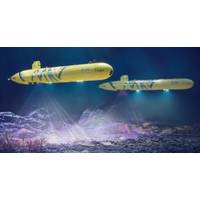
Subsea: Argeo Builds the Tools to Bridge the Data Gap
via autonomous surface and underwater robotics solutions. We recently caught up with Argeo CEO Trond Crantz for a far-reaching discussion on the company and its recent innovations in the surface and underwater vessel sector, as well as insights on its digital platforms and patented electromagnetic sensor systems. The full report will publish in the March/April print edition of MTR; here we present an excerpt focused on Argeos AUVs and uncrewed systems.Trond, can you give us a by-the-numbers look at Argeo today?We now have 50 employees, and since the start of April 2021 we have amassed four AUVs. Two
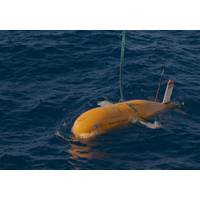
NOC's Boaty McBoatface Monitors Marine Environment at North Sea Oil Fields
North Sea. The robot will then return around 10 days later with the detailed survey information onboard. The robot will take photographs of the seabed, which will be automatically stitched together to make a map of the seafloor, structures present, and the animals that live there. Established sensor systems will measure a range of properties of the water, including the presence of hydrocarbons. As well as the decommissioned sites, the robot will visit a special marine protected area that is known to have natural leaks of gas, to check the robot can reliably detect a leak should one occur in the
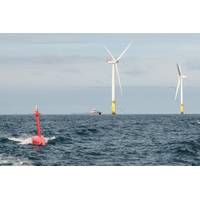
USVs Eye Offshore Wind Opportunities
standard multibeam and sub-bottom profile surveys. But USV developers and users are looking at how these vehicles take a bigger slice of the offshore wind survey and inspection work scope, via specialist low-logistics AI-driven systems through to larger “Swiss army knives”, as well as new sensor systems.The market “is enormous”, says James Ives, CEO at XOCEAN. “When you look at offshore wind growing 8-10 times over a decade, there’s all of the up-front development work required, there’s a lot of construction support, and as more megawatts and gigawatts are added
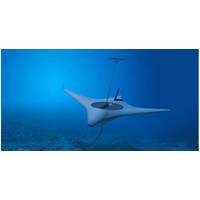
Back to the Future: Blended Wing Gliders Could Redefine Undersea Warfare
(IPOE).Like their scientific counterparts, LBS-Gs also collect hydrographic data, but for purposes of optimizing undersea warfare operations. Properties such as depth, temperature, pressure, and salinity dictate how sound travels through water, which in turn impacts the ability of acoustic sensor systems to detect and track underwater targets.But as cheap, versatile, and energy efficient as they are, gliders are optimized for smaller, lightweight sensors focused primarily on hydrographic and oceanographic measurements. They are also quite slow, averaging anywhere from one half to one knot per
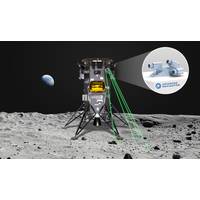
Advanced Navigation Wants to Be First Australian Firm to Reach the Moon
that our systems will deliver the cargo safely and reliably. If we can demonstrate Advanced Navigation’s technology on our current Nova-C landers, we can significantly improve the robustness of landing with Nova-D.”“Given the light weight and capabilities of the Advanced Navigation sensor systems, they are well suited for our Micro-Nova, a mini-extreme mobility lunar vehicle also known as a “hopper”. Mass on the hopper is at a premium, but we require sensors that can help us fly to permanently shadowed craters and through lava tubes. We look forward to discovering more of



 February 2024
February 2024





